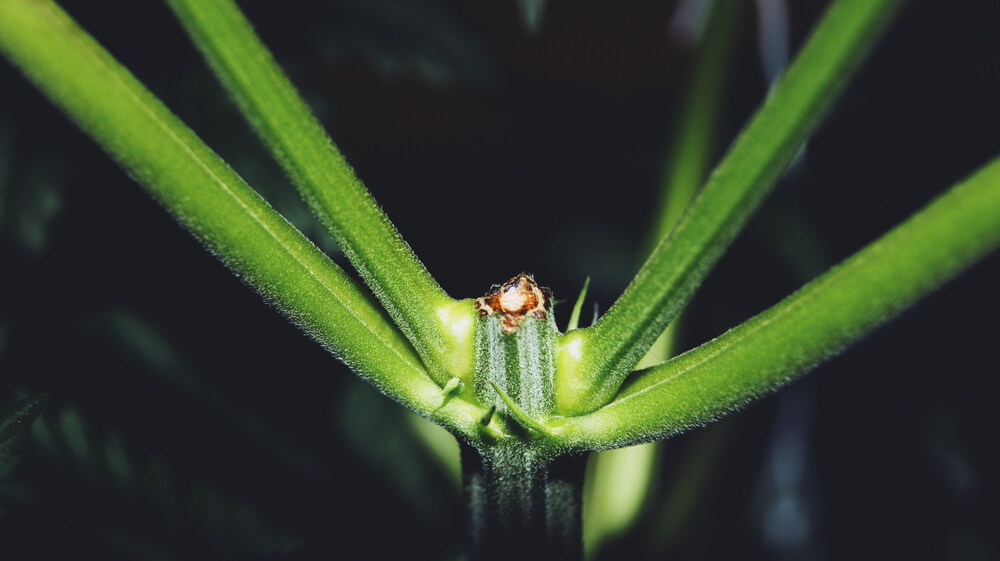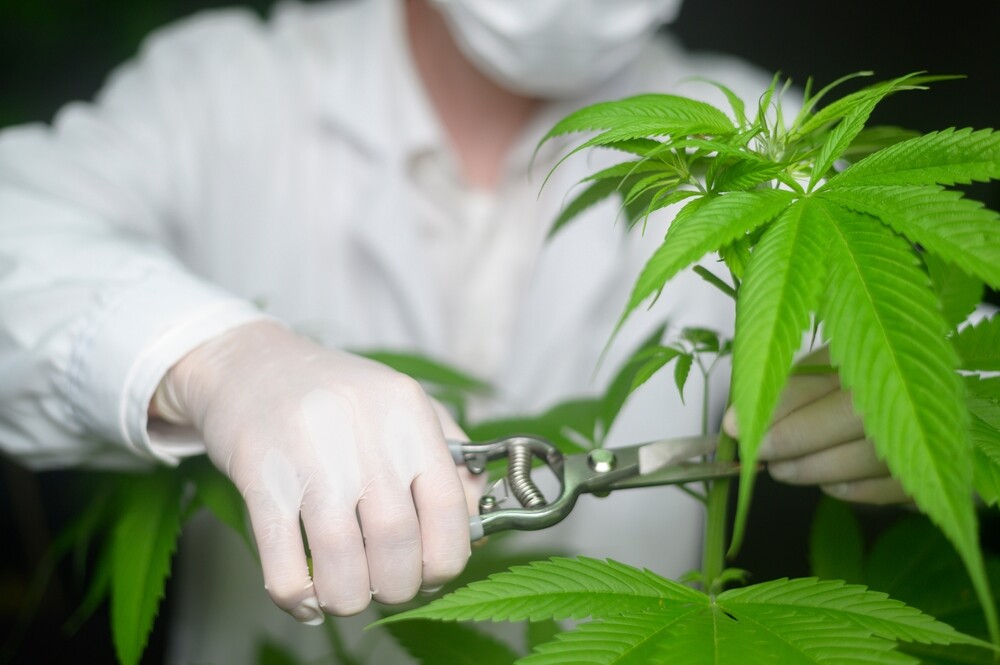The Best Fluffy Pancakes recipe you will fall in love with. Full of tips and tricks to help you make the best pancakes.

How to FIM Cannabis
If you’re looking to boost your cannabis plant’s yield while keeping it manageable, FIMming is a technique that can help. It’s all about cutting the top of your weed plant in a specific way to promote bushier growth and, ultimately, more colas. FIMming is similar to topping, but with a slightly different approach. Here’s how you can do it like a pro, with all the essential steps broken down.
What is FIMming in Cannabis?
FIMming, short for “F*** I Missed,” is a variation of topping. Instead of removing the entire growth tip of your cannabis plants, you cut just about 70-80% of it. This triggers the plant to create more colas (the branches that produce buds), increasing yield. The cool thing is, FIMming encourages the plant to produce more main branches with less stress than topping.
Overview of the FIM Technique
When you FIM a cannabis plant, you’re interrupting its natural growth pattern, making it grow more like a bush rather than focusing on one main cola. This technique allows your weed plants to develop multiple branches, which leads to more buds. By cutting just a portion of the growth tip, you’re essentially training the plant to spread out its energy across several new growth points, creating a more even canopy.
Differences Between Topping and FIMming
Topping involves completely removing the main growth tip, which leads to the development of two new colas. FIMming, on the other hand, leaves part of the growth tip intact, allowing for up to four colas to form. Topping is more precise, while FIMming creates more branches but is a bit trickier to execute. FIMming is less stressful for the plant, but the results can be less predictable than topping.

Why Use FIM on Cannabis Plants?
Benefits of FIMming for Yield and Growth
FIMming is a great way to increase the yield of your cannabis plants without taking up more space. This training technique helps your plants develop a bushier structure, improving both light exposure and airflow. More light means bigger buds and more buds, which ultimately means a better yield. FIMming also allows your weed plant to recover faster since it’s not as stressful as other pruning techniques.
Pros and Cons of FIMming
Pros:
- Creates a bushier plant with more colas.
- Better light distribution across the canopy.
- Potential for higher yield due to more flowering sites.
Cons:
- Can stress the plant if not done correctly.
- Requires more maintenance in terms of pruning and training.
- Recovery period (4-7 days) can slow down growth temporarily.
When to FIM Cannabis Plants
Best Stage of Growth for FIMming
The best time to FIM your cannabis plant is during the vegetative stage, typically when the plant has developed 3-5 nodes. This is when the plant is growing actively and can handle the stress of FIMming. Don’t wait too long; FIMming during the flowering stage won’t help and may even harm the plant.
Identifying the Right Nodes for FIMming
To FIM properly, locate the fourth or fifth node on your plant’s main stem. The fifth node will become your new main cola, and cutting just above this area ensures the lower nodes catch up, creating an even structure. This technique maximizes your plant’s growth potential by encouraging multiple branches to form.
How to FIM Cannabis: Step-by-Step Guide
Tools Needed for FIMming
- Sharp, sterilized scissors or pruning shears.
- Rubbing alcohol or hand sanitizer to clean your tools.
- Gloves (optional, but recommended).
- Clean water to rinse off any sap from the cut.
Step-by-Step Process to FIM a Cannabis Plant
- Find the growth tip, the newest part at the top of the plant.
- Use sterilized scissors to cut about 70-80% of the growth tip, leaving a small part intact.
- Monitor your plant over the next few days to ensure new growth shoots form.
- Provide plenty of light and nutrients to support recovery.
Common Mistakes to Avoid
- Cutting too high or too low on the node. Aim for about 75% of the tip.
- FIMming during the flowering stage—it’s too late to create new colas at that point.
- Failing to clean your tools can introduce infections to the plant.
Aftercare for FIMmed Cannabis Plants
Monitoring Plant Recovery
After FIMming, your cannabis plant will take a few days to recover. During this time, it’s important to monitor its growth and ensure it has access to plenty of light and nutrients. New colas should begin to form within a week, signaling that the FIMming process was successful.
Pruning and Supporting FIMmed Plants
Once your plant starts sprouting new colas, you’ll want to prune any excess growth to keep things neat. Removing unwanted branches helps direct the plant’s energy into developing the main colas. You might also need to use stakes or ties to support the new growth as it develops.
FAQ
What does FIM stand for in cannabis cultivation?
FIM stands for “F*** I Missed,” a reference to the partial cutting technique that encourages more colas to form.
Can you FIM autoflowering cannabis plants?
Yes, but FIMming autoflowers should be done early in the vegetative stage since these plants have a shorter life cycle and can stress easily.
How long does it take for a plant to recover after FIMming?
Recovery usually takes between 4-7 days, depending on the plant’s health and environment. The plant will slow down its growth before bouncing back with new colas.
What are the best strains for FIMming?
Indica-dominant strains like Aurora Indica or Wonder Woman respond well to FIMming, as they naturally grow bushier and produce higher yields.
Is FIMming better than topping?
FIMming can result in more colas and a bushier plant, but topping provides more control over the plant’s shape. It depends on whether you’re aiming for a higher yield or easier management.
FIMming is a highly effective technique for increasing the yield and bushiness of your cannabis plants. While it requires a bit of precision and patience, the results are well worth it. With proper timing, tools, and aftercare, your plants will thrive, producing multiple colas and plenty of buds. Give it a try, and you’ll be on your way to a healthier, higher-yielding crop.




